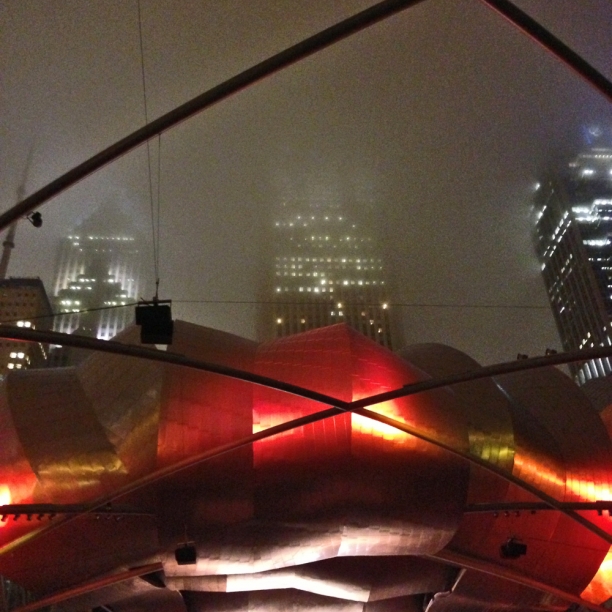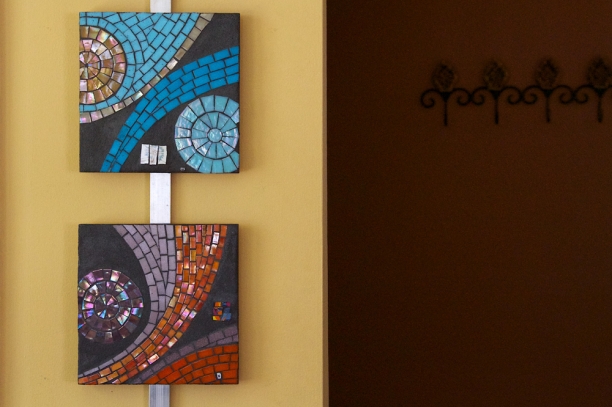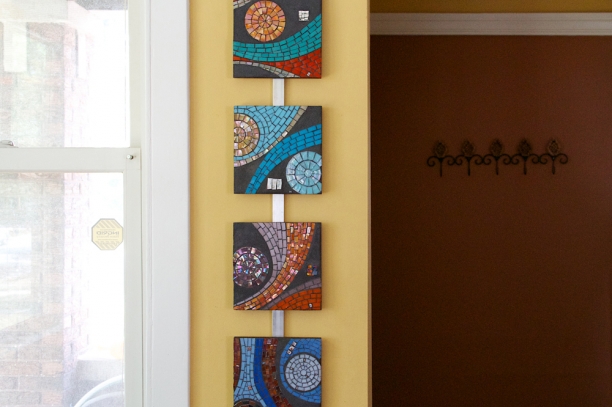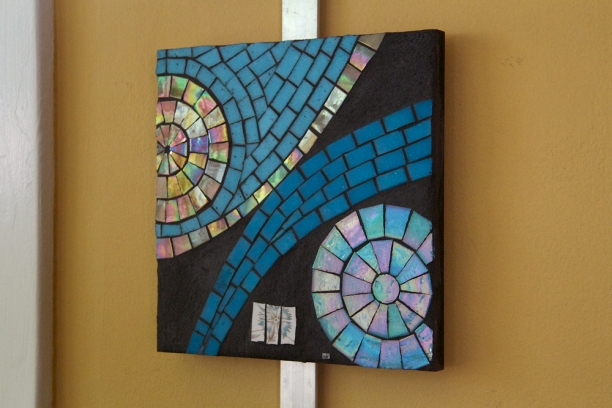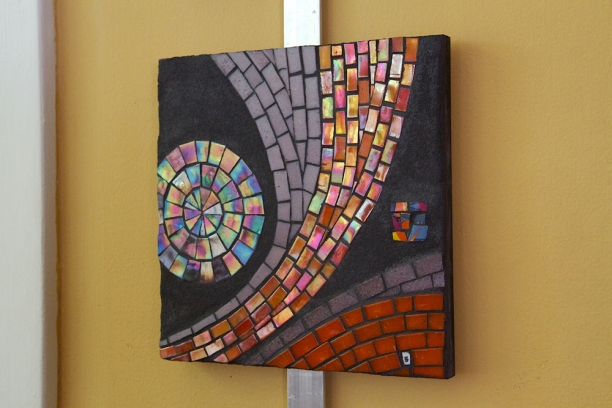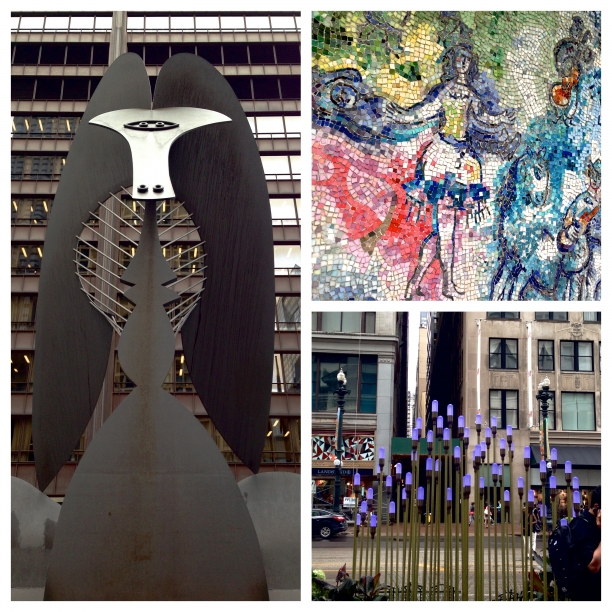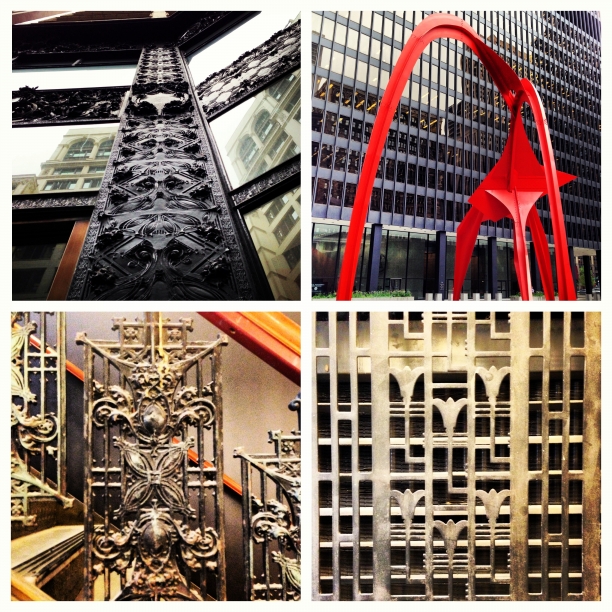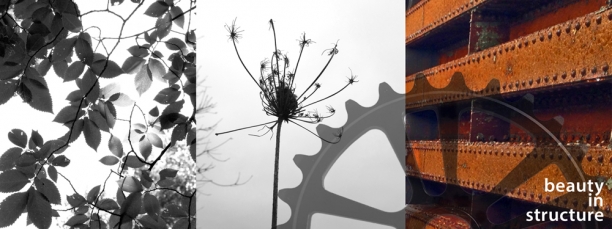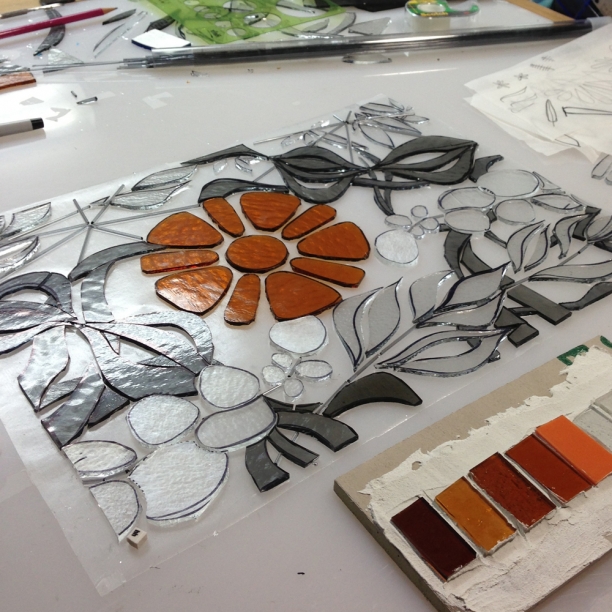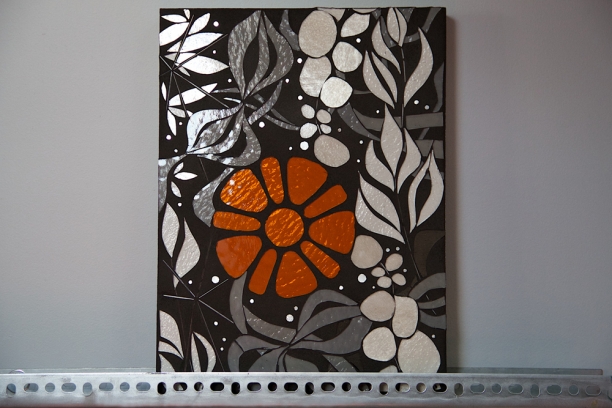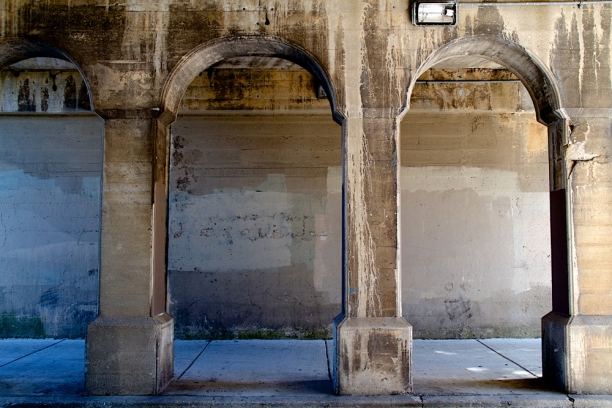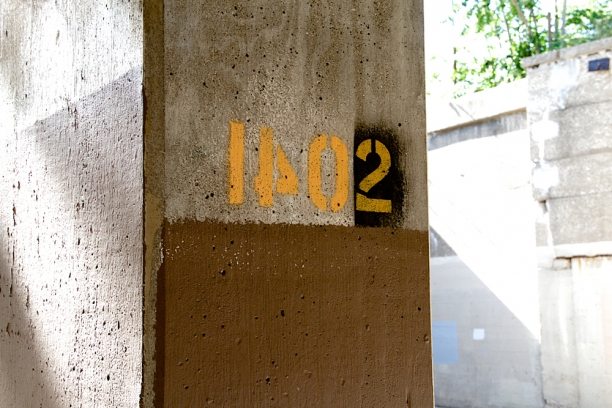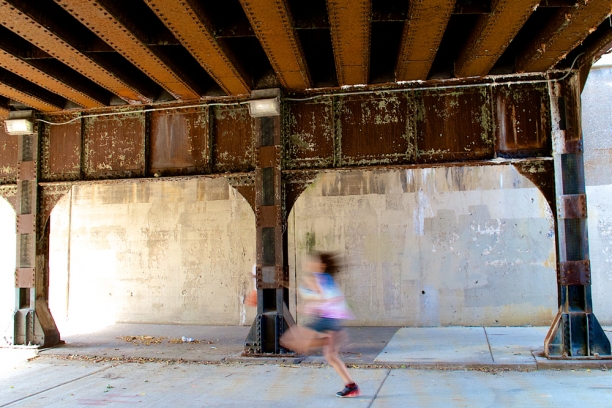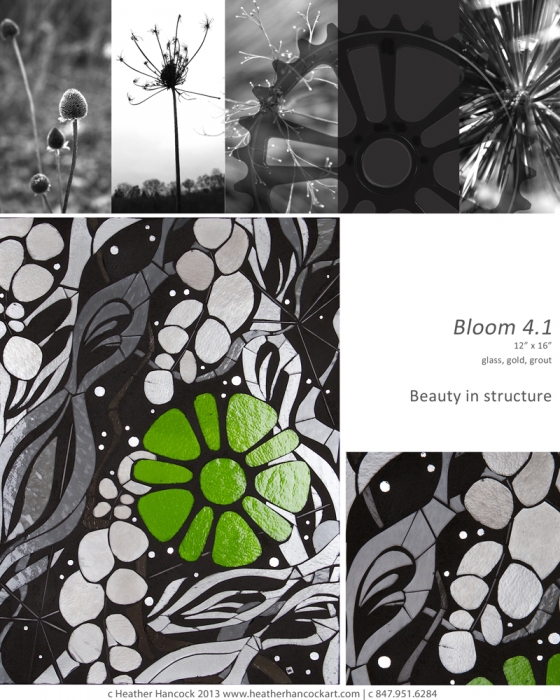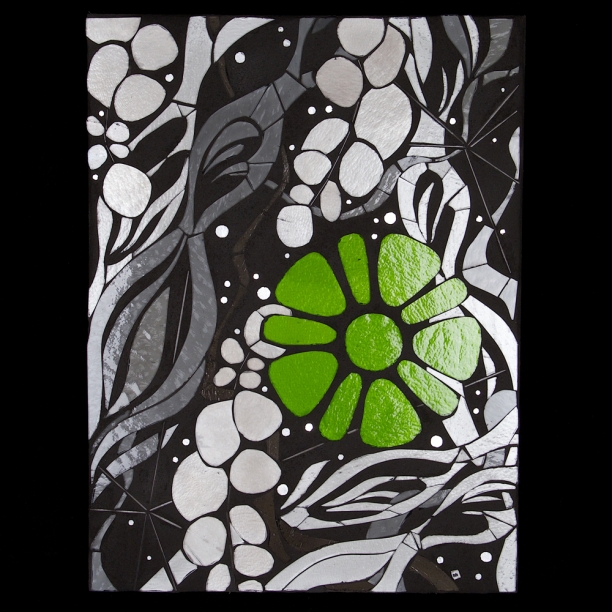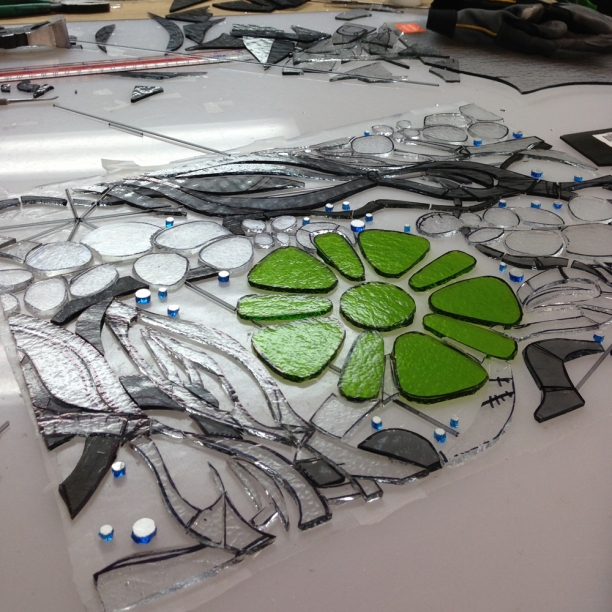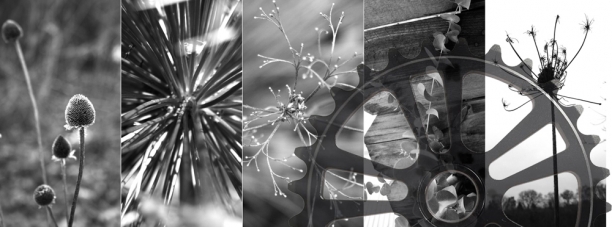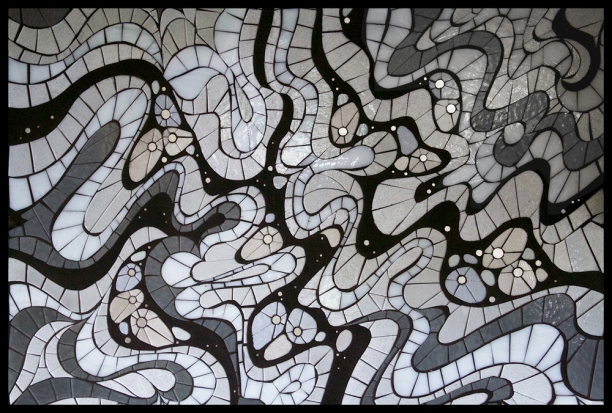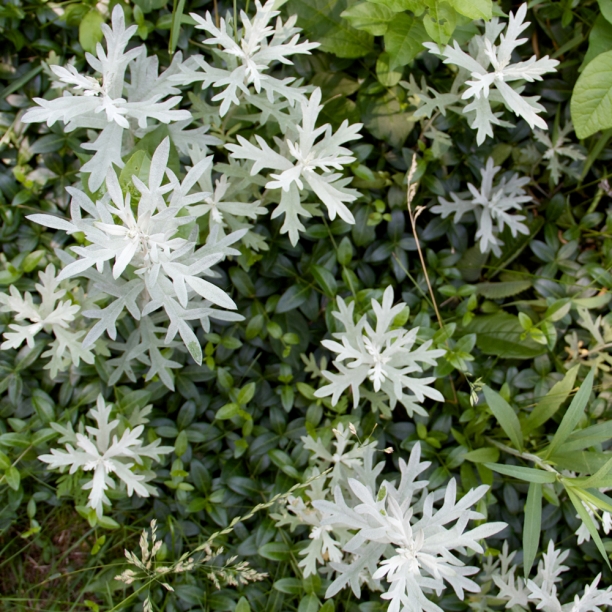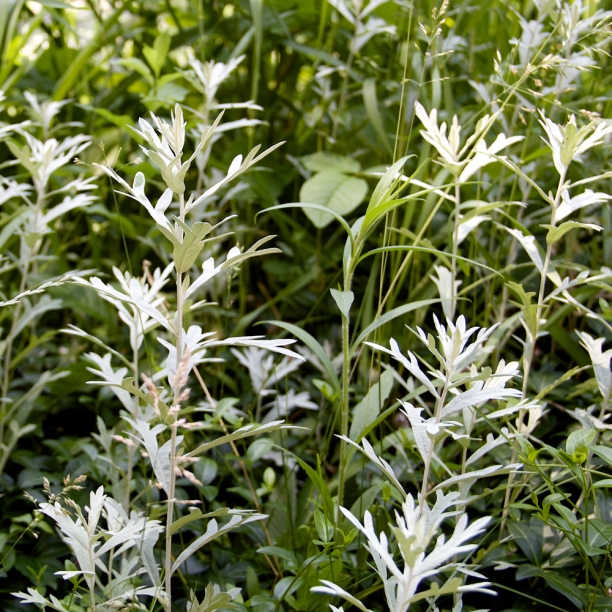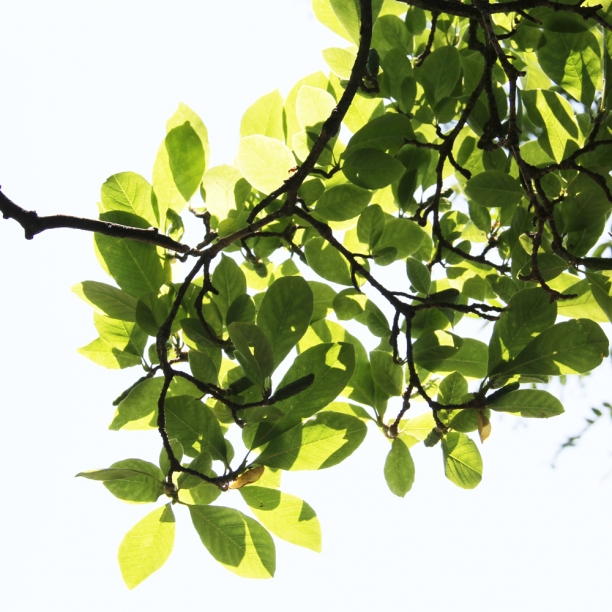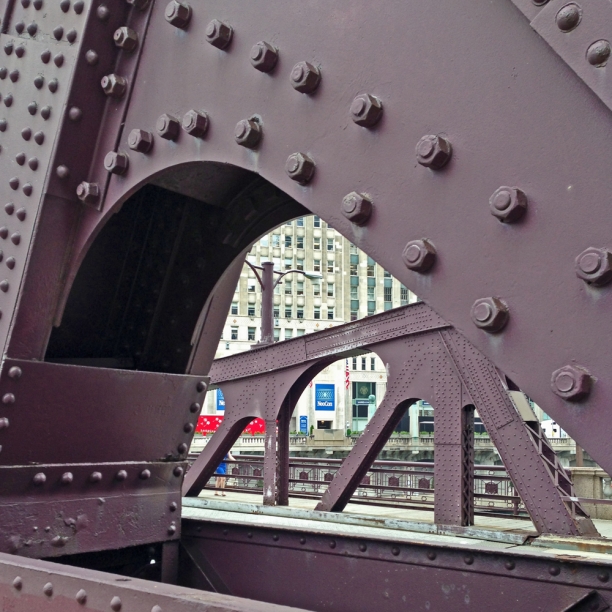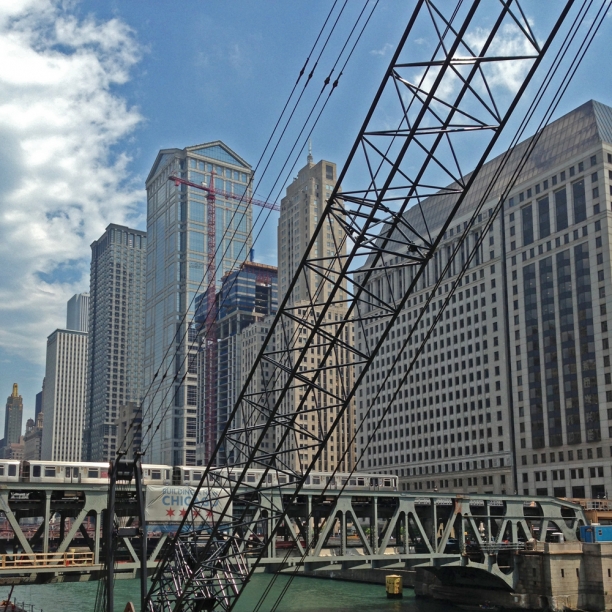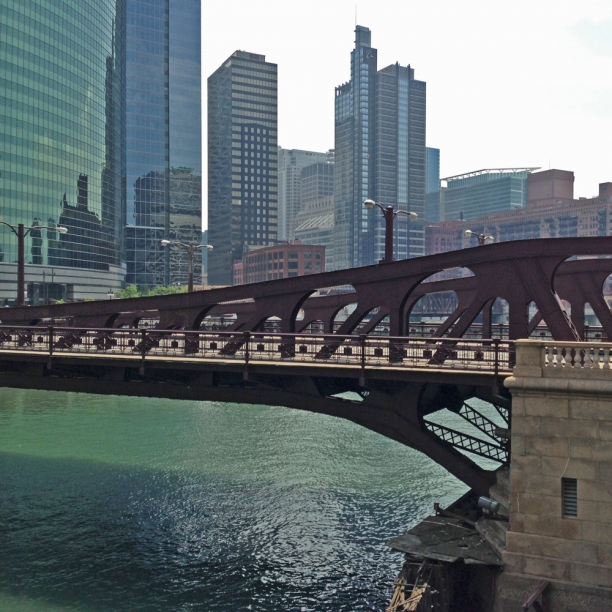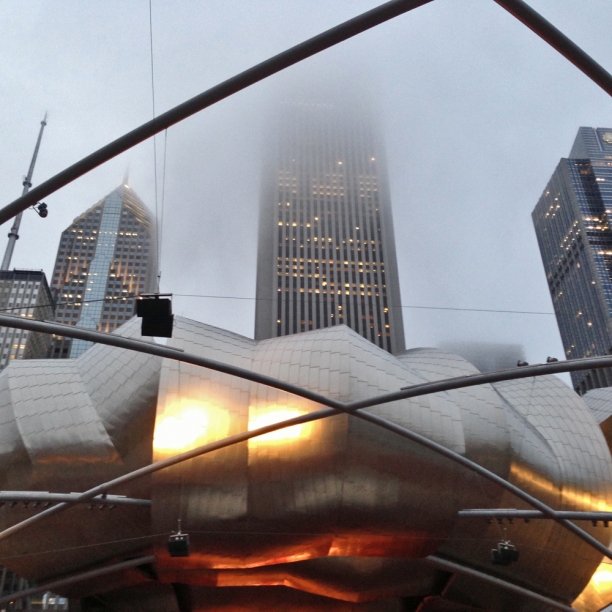 Trying to keep summer going as long as possible. An 8:30pm swim on a 95-degree evening helped on Tuesday. Taking in the eighth blackbird et al concert at Pritzker Pavilion was last night's keep-summer-going activity.
Trying to keep summer going as long as possible. An 8:30pm swim on a 95-degree evening helped on Tuesday. Taking in the eighth blackbird et al concert at Pritzker Pavilion was last night's keep-summer-going activity.
3 take-aways from the evening:
1. Context. Listening to the hypnotic Lesley Flanigan followed by the energetic, experimental music of eighth blackbird with Glenn Kotche (of Wilco) was entrancing on a warm, foggy evening. Flanigan's sound installations with layered electronic and vocals inset into acoustic noise and the impossibly complicated rhythms and themes created by the percussive eighth blackbird seemed to be in dialogue with Frank Gehry's ribbons of stainless steel and glinting curves at the Pritzker Pavilion.
2. Collaboration. Last night's music featured multiple collaborations and made me think about the momentum that is generated with different perspectives and inputs and creative energy. These extraordinarily talented musicians are working out a fabulously complex vision. It's undoubtedly a complicated group effort that lets each of them get beyond their own individual vision to a much bigger collaborative one.
3. Experimentation. It's good to experiment. New sounds, rhythms, instruments (and ways of using instruments) is standard fare for eighth blackbird. The work is not always easily accessible, but it coheres and challenges in a way that I love. Doing things that push technical and conceptual limits is part of our human need for finding new information within noise.
These are all topics I think about on a regular basis as key parts of my creative practice. I'm all about context and love experimenting...need to keep finding creative collaborations to get beyond my own vision. Thank you eighth blackbird + Lesley Flanigan + Glenn Kotche for an inspiring evening.
